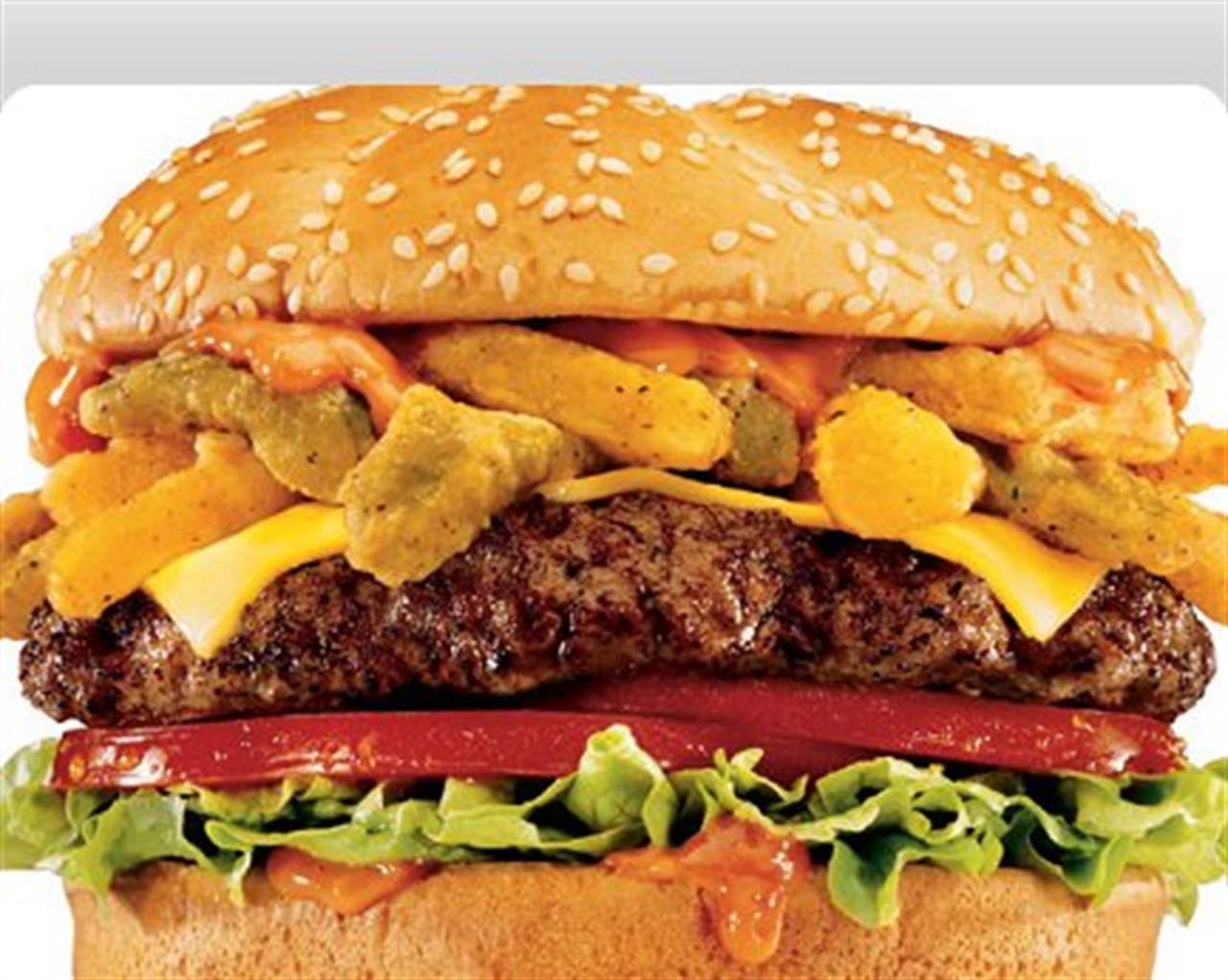Would you keep eating fat foods if it suddenly became more expensive? According to the Hungarian government, probably not. This is the reason of the proposal the Hungarian parliament approved last July and that from September 1 will raise the costs of foods with high sugar and salt levels, including chocolates, ice-creams, energy drinks, biscuits and crisps.
The government expects that the tax will raise 74 million Euros a year and plans to use the money to help finance healthcare. However some doctors have argued the effectiveness of this measure. According to Doctor Eduard Adamescu, from neighboring Romania, broader taxes on unhealthy foods proposed last year in his country failed to get through parliament. “Poor people in Romania eat very fatty foods at home. If those products are taxed they will turn even cheaper products and will have an even more nutritionally unbalanced diet.”
As a matter of fact Romania’s Food Industry Federation , head Dragos Frumeso declared: “Romanians eat junk food because they are poor. A tax will not stop them, they will just choose even cheaper products.” However according to doctor Andras Nagy , president of the board of the Hungarian National heart Foundation, fat foods “are the kind of foods which people do not need and can do without”.
Obesity is a growing problem in Hungary. As a matter of fact according to the Organization for Economic and Development one in two adults in Hungary is overweight or obese.
Hungary is not the first country in Europe to raise the cost of unhealthy foods. In Finland and in Norway, sugary products such as soft drinks, ice cream and chocolate are subject to a tax , while Denmark is planning to introduce a tax on saturated fats later this year.
Vuoi accedere all'archivio di VITA?
Con un abbonamento annuale potrai sfogliare più di 50 numeri del nostro magazine, da gennaio 2020 ad oggi: ogni numero una storia sempre attuale. Oltre a tutti i contenuti extra come le newsletter tematiche, i podcast, le infografiche e gli approfondimenti.

